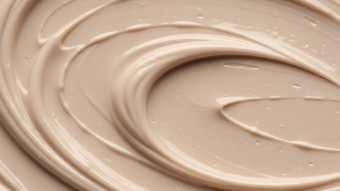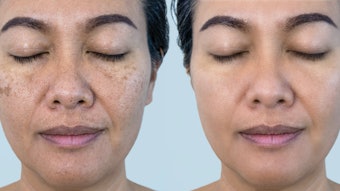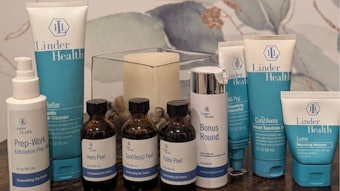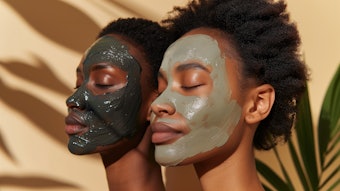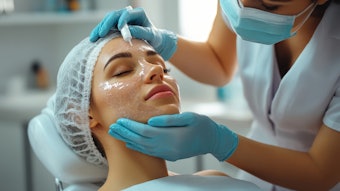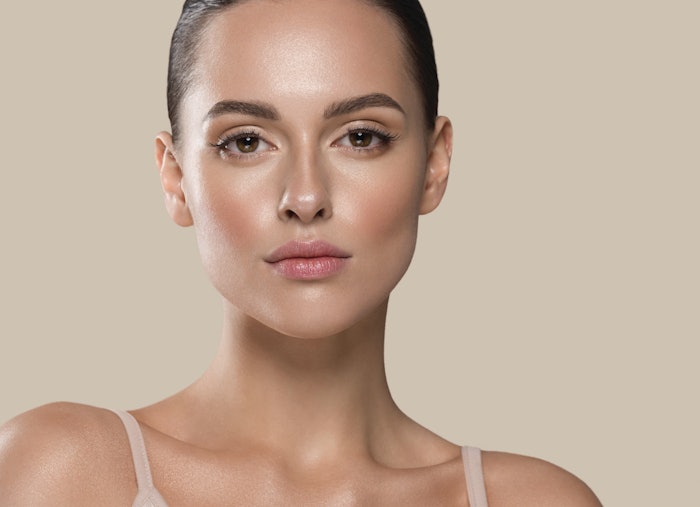
For some professionals, chemical peels are revered as a holy grail corrective—able to tackle everything from acne to aging. For others, especially newer estheticians, peels can feel intimidating. Maybe you’ve heard horror stories about chemical burns, seen post-inflammatory horror on social media or just haven’t felt confident in choosing or performing a peel treatment. If that’s you, you’re not alone—and you’re definitely not behind.
Log in to view the full article
For some professionals, chemical peels are revered as a holy grail corrective—able to tackle everything from acne to aging. For others, especially newer estheticians, peels can feel intimidating. Maybe you’ve heard horror stories about chemical burns, seen post-inflammatory horror on social media or just haven’t felt confident in choosing or performing a peel treatment. If that’s you, you’re not alone—and you’re definitely not behind.
Let’s peel back some of that fear and get grounded in the facts, the science, and the strategies that can make peels one of the most powerful tools in your treatment room.
Why Peels Still Matter
Chemical exfoliation is nothing new, but today’s professional peels are smarter, more sophisticated and more customizable than ever. We’re not talking about the one-size-fits-all glycolic of the early 2000s. Instead, we’re working with layered ingredient technology, paired with targeted acids and delivery systems that allow us to address skin conditions in a more thoughtful, controlled way.
Peels can improve skin texture, reduce hyperpigmentation, minimize breakouts, stimulate collagen and enhance product penetration, but the real magic? Peels help us accelerate visible results while still supporting overall skin health—when used wisely.
What’s In a Peel
To feel confident choosing a peel, you have to understand what’s inside it, and what those ingredients do. Here's a breakdown of the most common acid categories:
- Alpha Hydroxy Acids (AHAs)
Water-soluble and typically derived from fruit or milk sugars, AHAs like glycolic, lactic and mandelic acid work on the skin’s surface. They dissolve the bonds between dead skin cells, making them great for texture, pigmentation and acne. Lactic is gentler and hydrating, while glycolic is smaller in molecular size and penetrates more deeply.
- Beta Hydroxy Acids (BHAs)
The most well-known BHA is salicylic acid, which is oil-soluble—meaning it can travel easily into sebaceous follicles. This makes BHAs ideal for treating congestion and inflammatory acne. Salicylic acid is also anti-inflammatory and can be more forgiving for reactive skin types when used correctly.
- Retinoids
Used in layered or timed-release peels, retinoids help stimulate cell turnover and boost collagen. They’re excellent for aging skin, pigmentation and stubborn texture issues. However, they demand careful consideration for Fitzpatrick IV–VI and compromised barriers.
Other ingredients like azelaic acid, kojic acid or enzyme-based actives can also be found in blended acid formulas, offering targeted effects without the downtime of traditional “medium” or “deep” peels.
Peel Misconceptions That Need to Go
Let’s set the record straight on a few persistent peel myths:
- “Peels are only for aging skin.”
Not true. Peels are powerful allies for acne, post-inflammatory hyperpigmentation (PIH), keratosis pilaris and even rosacea-adjacent texture issues—when chosen wisely.
- “My clients will flake or shed every time.”
Not all peels cause visible peeling, and that doesn’t mean they aren’t working. The visible shedding is a side effect, not the goal. Think progress, not peeling.
- “They’re too risky for darker skin tones.”
This is where education matters. It’s not about avoiding peels altogether—it’s about knowing which ingredients to use, at what strength and how to support the skin before and after. Tyrosinase inhibitors, gentle actives and barrier support go a long way in making peels safe and effective for all Fitzpatricks.
Choosing the Right Peel (Without the Panic)
Here’s where the confidence-building really starts. When choosing a peel, ask yourself:
1. What is the primary concern I’m trying to correct?
Acne, texture, pigment or laxity all require different approaches.
2. What is the client’s skin and Fitzpatrick type?
The higher the Fitzpatrick, the more caution you’ll need with penetration depth and post-peel care.
3. What does their skin tolerate?
Always consider pre-treatment history and barrier health. Peel prep is real.
4. Do I have a post-care plan?
Clients need guidance. From hydrating mists to SPF to avoiding actives, your aftercare protocol should be just as intentional as the peel itself.
Pro Tips for In-Treatment Success
- Patch testing isn’t just for hypersensitive skin. Use it as a teaching moment and client trust-builder.
- Start with enzymes or superficial acid peels. Gain comfort with timing, application and neutralization before diving into more complex protocols.
- Track results beyond the face. Don’t forget about the chest, back and even arms—many clients experience concerns there but never think to ask for help.
- Keep client communication clear and confident. If you sound unsure, they’ll feel unsure. Use analogies, show before-and-afters (if you have them) and walk them through what to expect.
Confidence Is a Skill, Not a Trait
Peels aren’t just for seasoned esties in medspas. They’re for any professional willing to learn, experiment responsibly and lean into the power of progressive—not aggressive—treatment plans. You don’t need to know everything today, but start with one peel, one client, one success and build from there.
The most transformative part of any peel might not be the skin, but your growth as a provider.

